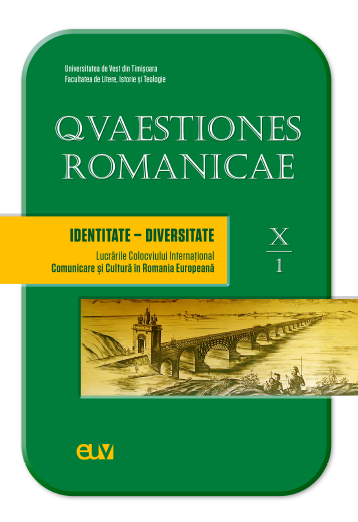Il rilievo della diversità degli stili di apprendimento nella didattica delle lingue straniere: realtà o “neuromito”
Abstract: (The Importance of Learning Styles Diversity in Foreign Language Teaching: Reality or "Neuromyth") In the acquisition process of foreign languages, each learner (child or adult) prefers a certain way of studying and learning which indicates one’s way of perceiving, interacting and responding to the stimuli used in class. Starting from the learning styles according to different traditional classifications (Dun & Dun: 1978, Grecorc: 1982; Kolb: 1984; Honey & Mumford: 1997, Sprenger: 2008 etc.), but also according to the various criticisms aimed at them (Dekker, Lee, Howard-Jones, Joles: 2012; Newton, Salvi: 2020), this paper highlights a number of teaching activities favourable to different styles for the involvement of each participant in a foreign language course. From 2012 onwards, learning styles are often referred to as "Neuromyths" as a student is unable to better acquire if taught in his or her preferred style. Reality or "Neuromyth", a single learning style should not prevail in a language class while the teacher should not be influenced by his own style of acquisition but stimulate different skills in students (listening, writing, speaking, etc.).
Keywords: diversity, learning style, Neuromyth, teaching.
Riassunto: Nel processo di acquisizione delle lingue straniere ogni apprendente (bambino o adulto) preferisce un certo modo di studiare e imparare ciò che indica il suo modo di percepire, interagire e rispondere agli stimoli usati nella classe. A partir dagli stili di apprendimento secondo diverse classifiche tradizionali (Dun & Dun: 1978, Grecorc: 1982; Kolb: 1984; Honey & Mumford: 1997, Sprenger: 2008 ecc.), ma anche secondo le varie critiche mirate a questi (Dekker, Lee, Howard-Jones, Joles: 2012; Newton, Salvi: 2020), il presente lavoro mette in evidenza alcune attività didattiche favorevoli ai diversi stili per il coinvolgimento di ogni partecipante ad un corso di lingua straniera. A partir dal 2012 gli stili di apprendimento sono spesso riferiti come “neoromiti” visto che uno studente non riesce ad acquisire meglio se viene insegnato nel suo stile preferito. Realtà o “neuromito”, un solo stile di apprendimento non dovrebbe prevalere in una classe di lingua, mentre l’insegnante non dovrebbe essere influenzato dal proprio stile di acquisizione ma stimolare diverse abilità negli studenti (ascolto, scrittura, parlato ecc.).
Parole-chiave: diversità, stile, apprendimento, neuromito, didattica.
